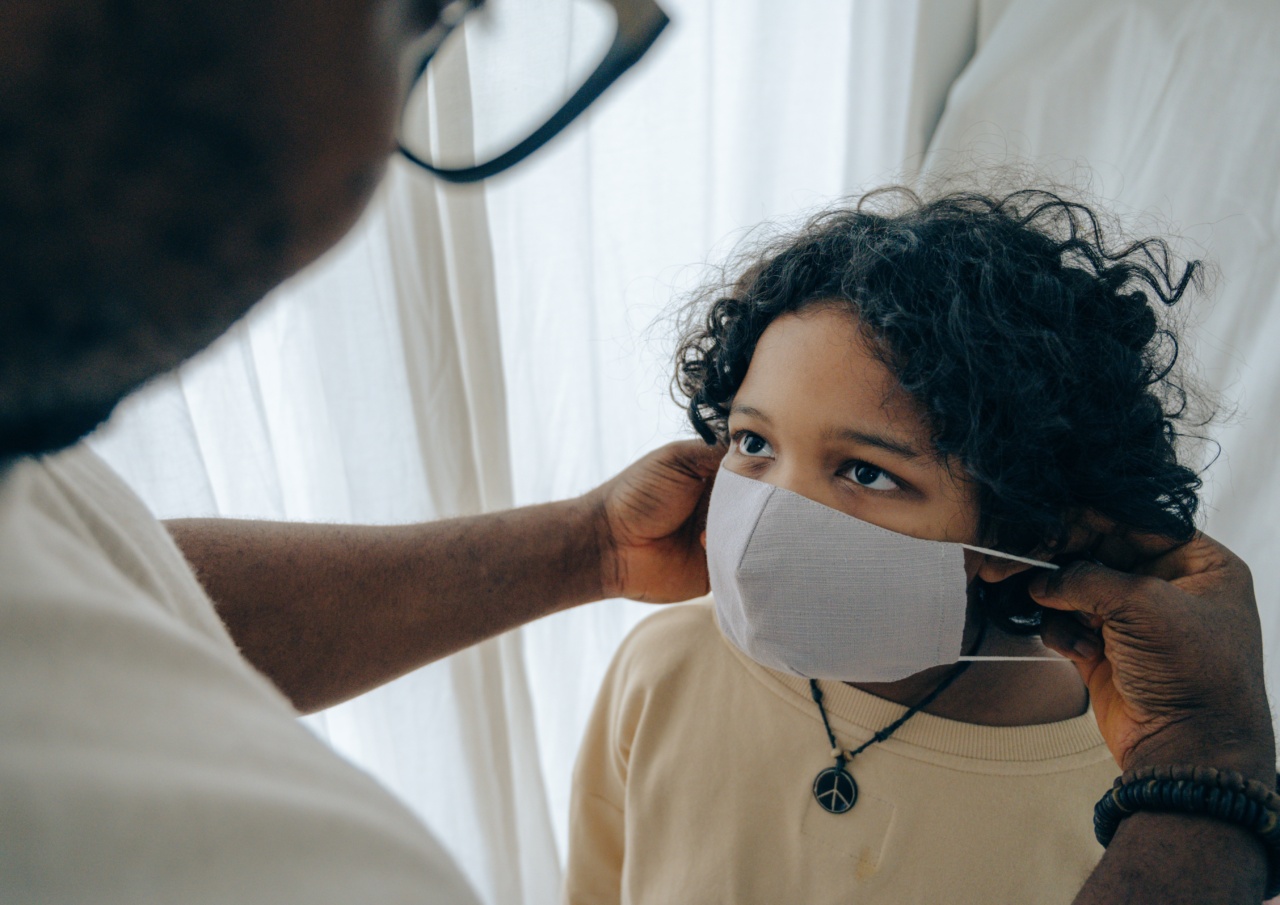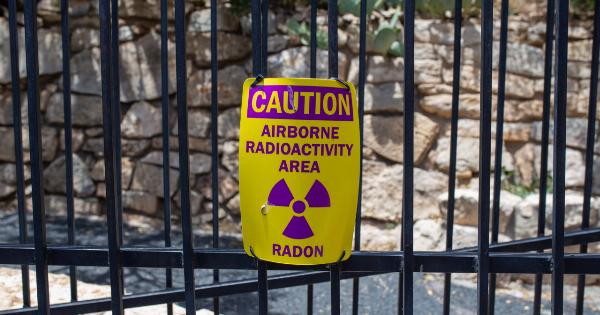Acute hepatitis is a concerning medical condition, particularly when it affects children. It is essential to explore safe and effective treatment options to manage this condition in pediatric patients.
One potential option is Mosial, a medication that has shown promise in treating acute hepatitis in children. This article will discuss the safety of Mosial and its potential benefits in managing acute hepatitis in pediatric patients.
Understanding Acute Hepatitis
Before delving into the safety of Mosial, it is crucial to understand acute hepatitis. Acute hepatitis refers to the inflammation of the liver, lasting less than six months.
It can be caused by various factors, including viral infections, drug-induced liver injury, autoimmune diseases, and metabolic disorders.
The Impact of Acute Hepatitis in Children
Acute hepatitis can have severe implications for children’s health. It can lead to liver dysfunction, impaired growth and development, and even life-threatening complications.
Prompt and effective treatment is essential to prevent long-term liver damage and ensure the child’s overall well-being.
Introduction to Mosial
Mosial is a newly developed medication that shows promise in treating acute hepatitis. It is a targeted therapy designed to address the underlying causes of liver inflammation and promote healing.
Mosial works by suppressing the immune response responsible for liver damage while supporting liver regeneration.
Mosial’s Safety Profile
When considering any treatment option for children, safety is of utmost importance. Extensive clinical trials have been conducted to assess the safety of Mosial specifically in pediatric patients with acute hepatitis.
These trials have provided valuable insights into the medication’s potential side effects and its overall safety profile.
Adverse Reactions of Mosial
While Mosial has shown great promise in treating acute hepatitis, it is crucial to be aware of potential adverse reactions. Common side effects reported in clinical trials include nausea, headache, and mild gastrointestinal disturbances.
These side effects are generally well-tolerated and resolve without intervention.
Rare but Serious Side Effects
In rare cases, serious side effects may occur, although they are considered unlikely. These include severe allergic reactions, liver toxicity, and changes in blood cell counts.
However, it is important to note that the occurrence of these serious side effects is minimal, and the benefits of Mosial in treating acute hepatitis often outweigh the risks.
Pediatric-Specific Considerations
When using Mosial for treating acute hepatitis in children, several pediatric-specific considerations should be taken into account.
One such consideration is dosing, as children may require different dosage regimens based on their age, weight, and overall health. It is essential for healthcare professionals to carefully calculate and administer the appropriate dosage to ensure safety and efficacy in pediatric patients.
Monitoring and Regular Assessment
Regular monitoring and assessment are essential when utilizing Mosial for the treatment of acute hepatitis in children.
This enables healthcare professionals to closely evaluate the medication’s effectiveness and monitor for any potential side effects. Blood tests, imaging studies, and clinical evaluations should be routinely performed to ensure the child’s well-being and modify the treatment plan, if necessary.
Consultation with Pediatric Hepatologist
Due to the complexity of managing acute hepatitis in children, it is advisable to involve a pediatric hepatologist in the treatment plan.
These specialists have expertise in managing liver diseases in pediatric patients and can provide valuable guidance in using Mosial safely and effectively.
The Future of Mosial in Pediatric Care
As research and clinical trials continue, Mosial holds great potential for further advancements in pediatric care. Ongoing studies aim to explore additional indications for Mosial, optimal dosing strategies, and long-term safety profiles.
The ultimate goal is to provide children with a safe and effective treatment option that can significantly improve their outcomes and quality of life.































